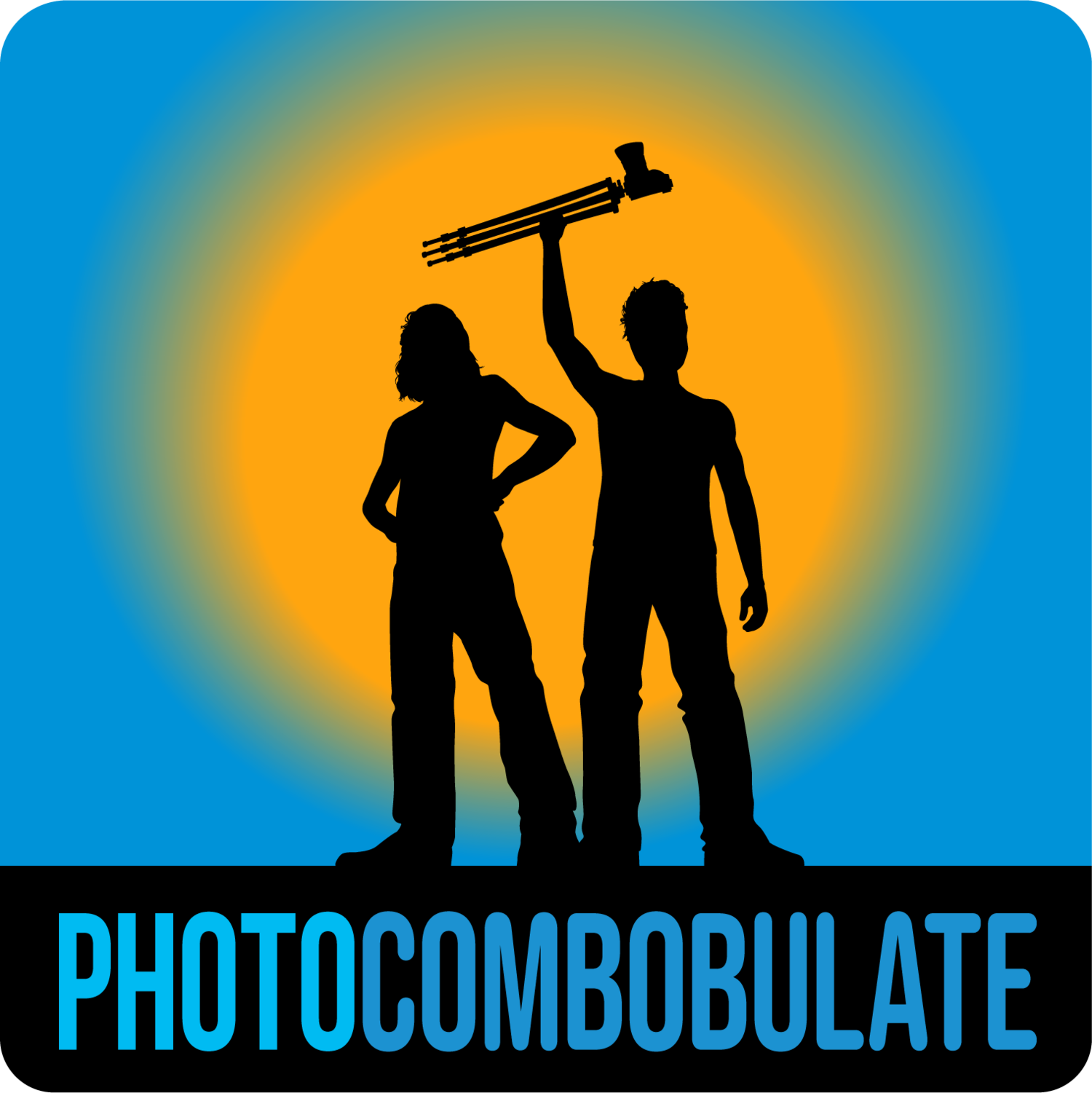Episode 15: Damn Drones!
Being able to position a camera almost anywhere is a liberating and inspiring level of freedom for a photographer, but with great power comes great responsibility (thanks Uncle Ben!). In this episode we explore the dichotomy of drones.
We both use them to make images impossible or extremely difficult to capture form ground level, but we also recognize that the buzzing, swooping and all-too ubiquitous flying cameras are annoying. So how do we rectify the two sides of the drone coin? Can aerial photographers be respectful and safe while using their drones to capture images? We think so, but a lot of work needs to be done to educate everyone on the rules of drone flight, their capabilities and how they can be used responsibly.
Know The Rules
Commercial Operator or Recreational Flyer?
This is where every drone owner needs to start. You need to determine if your flights fall under the Recreational Flyer rules or Commercial Operator rules. Simply put, if you are flying purely for fun, and your images will not be used in any way that might be considered a promotion of a business, you are a Recreational Flyer. If the images or video you produce are used to promote anything, you are very likely a Commercial Operator and you need a license and insurance.
Here’s the FAA page that breaks this down.
Register You Drone
All but the tiniest drones (under 250 grams) must be registered with the FAA (for people flying in the U.S.). This is a requirement for everyone, commercial or recreational. Here is the place to do this.
Before You Fly, Get Tested
Recreational Flyers need to pass a knowledge test before they can fly legally. This is a fairly new rule, so if you are a long-time recreational flyer, you need to do this. Here is the FAA page about this new requirement.
You can take the TRUST course and test here.
For drone operators who are not flying recreationally, you will need to pass the FAA Part 107 exam to become certified for commercial flight. Learn about this here.
The Part 107 exam is not a walk in the park. You will likely need to take a course to pass it. This company does a great job preparing you for the exam.
Follow the Rules
Once you are certified and your drone is registered, you’ll be wise to follow the many rules governing drone flight in the U.S. We’ve created a pdf with a breakdown of these rules, including links for more information on most of them.
The top-down perspective drones can provide allows for refreshing takes on subjects. Photo by Mason Marsh
From directly above, patterns become more abstract and interesting. Photo by Jeff Carlson
Drones can hover with a surprising degree of stability, allowing for multi-image panoramas like this. Photo by Mason Marsh
Top-down abstracts of otherwise mundane scenes are one of the best opportunities for drones to provide creative compositions. Photo by Jeff Carlson
Drones can access areas that would be very difficult to reach on foot, like this remote canyon in Iceland. Photo by Mason Marsh
At lower altitudes, sometimes just over eye level, drones can provide a unique angle on portraits and group shots. Photo by Jeff Carlson
Even when used at very low levels, in this case lower than the pilot, drones can be positioned to capture new angles on subjects. Photo by Mason Marsh
Thanks to advances in motors, propellers and gimbals, drones can now capture long exposures while hovering. This is an 8-second exposure. Photo by Mason Marsh
Some places cannot be reached on foot, but a drone can easily reach them. Photo by Mason Marsh
As with all of our episodes, we also record and produce video versions which we post to our YouTube channel. These are lightly-edited versions of the audio podcast, but the trade-off is you get to see our handsome faces while we opine. You’re welcome!












